September 2025, which marks 60 years of the 1965 India-Pakistan War, is a significant moment for both remembrance and reflection. While we remember the sacrifices and testaments of courage of those who took part in the fierce battles, surmounting all odds, it is also a time to reflect on the broader historical, strategic and tactical contexts of that period and understand their application in the present.
The 1965 War stands as a defining chapter in India’s military history, marked by intense tank and infantry battles across the western front. It also witnessed unprecedented aerial actions which enabled India to make substantial territorial gains across Jammu and Kashmir, Punjab and Rajasthan, along with inflicting significant losses. It was a test of endurance, strategy and national will.
Pakistan’s Miscalculation
In the two turbulent decades post-partition leading up to 1965, India had fought two wars: 1947-48 in J&K and the 1962 Chinese conflict. In addition, Indian troops had been employed at Junagadh and Hyderabad post-partition and in Goa, Daman and Diu in 1961.
But in 1965 Pakistan felt India was weak, as it had suffered a defeat against China in 1962, which exposed grave deficiencies in India’s defence preparedness, intelligence and politico-military coordination. Further, in 1963 Pakistan gave the Shaksgam Valley to China, cementing its relationship with China, which in the following year also tested its nuclear device.
Further, Pakistan derived strength from being part of the Central Treaty Organisation (CENTO) and Southeast Asia Treaty Organisation (SEATO) as a key US ally, which resulted in its military being better equipped. But Pakistan was being armed against the spread of communism and not India.
Impact Shorts
More ShortsEconomically, India was still constrained. The war with China had exposed India’s economic weakness. Chronic food shortages and price rises persisted. Further, within Pakistan, President Ayub had won a rigged election against Fatima Jinnah in January 1965; his popularity was waning, and war was a way of uniting the people and putting the army back at centre stage. There was also a feeling that Pakistan needed to strike before the Indian armed forces were modernised and strengthened based on US aid post the 1962 conflict.
In May 1964, Prime Minister Jawaharlal Nehru had passed, and Pakistan felt India had a weak political leadership in the form of Prime Minister Lal Bahadur Shastri. But as the US Ambassador Galbraith said, “There is more iron in his soul than appears on the surface.”
With this in mind, Operation Desert Hawk was launched in the Rann of Kutch in February 1965. This tested the waters regarding the US response to Pakistan using weapons supplied by them against India. India responded by ordering a mobilisation called Operation Ablaze, and it was during this period that India captured a strategic height of Point 13620 in Kargil. This height dominated the Srinagar to Leh axis.
Finally, the Kutch Agreement was signed on July 1, brokered by Prime Minister Harold Wilson of the UK, and India was forced to vacate the areas captured in Kargil.
On August 5, Pakistan launched Operation Gibraltar, which was a disaster. Aimed to push the Kashmir question at centre stage. It was based on a series of misjudgments, including one that the Kashmiris were ready to rise. Western Command under Lieutenant General Harbaksh Singh, undoubtedly one of the finest military commanders, then launched operations to capture strategic areas in Kargil, Tithwal and Haji Pir and block the routes of infiltration. The enduring image of the Indian Flag being raised at Haji Pir by troops of 1 PARA led by Major (later Lieutenant General) Ranjit Singh Dayal remains firmly etched in India’s military history.
The Contours of Conflict
Pakistan now decided to launch Operation Grand Slam with the aim to cross into India and capture Chhamb. This is a battle where the Patton tanks outgunned the AMX 13 tanks of 20 Lancers, but Major Bhaskar Roy, in a copybook fashion, deployed his armour to delay and degrade the offensive. Inexplicably, Pakistan paused replacing its Division Commander Major General Akthar Hussain Malik, who was an Ahmediyya, with Ayub’s favourite Major General Yahya Khan, who became infamous in 1971 as Pakistan’s President. Our own Air Force now played a major role in blunting the attack.
In response, India opened a front across the International Border (IB). This was the first time that the Indian Army had taken battle across its borders since Maharaja Ranjit Singh’s invasion of Afghanistan in 1837, as India thereafter fought under the British Empire, furthering their interests.
Operation Riddle by 11 Corps under Lieutenant General JS Dhillon saw an offensive launched towards Lahore by 15 Infantry Division on the Amritsar axis with 7 Infantry Division and 4 Mountain Division on the Burki axis. Dograi was occupied on September 6 by 3 JAT led by Lieutenant Colonel Desmond Hayde, but as there were no replenishments or reinforcements, they were pulled back. Days later, in a show of unmatched determination and grit, Dograi was recaptured, and the Ichhogil Canal was crossed once again.
Pakistan, however, launched an offensive to cut off the Amritsar Sector by advancing through Khem Karan, but India’s defence stymied the offensive, and the rightly deployed 2 (Independent) Armoured Brigade was instrumental in creating a graveyard of Pakistani tanks. The battle of Assal Uttar was where CQMH Abdul Hamid of 4 Grenadiers was awarded the Param Vir Chakra and where 3 CAVALRY earned the title of ‘Patton Wreckers’.
Operation Nepal, launched by the newly raised 1 Corps under Lieutenant General PO Dunn, aimed to divert Pakistani attention from the Akhnoor-Jammu Sector and draw its strategic reserves into the Shakargarh salient. I Corps thrust comprised 1 Armoured Division under Major General Rajinder Singh Sparrow, MVC, 6 Mountain Division, 14 Infantry Division and 26 Infantry Division.
The Corps was opposed by Pakistan’s 1 Corps, commanded by Lieutenant General Bakhtiar Rana, and fierce battles were fought in the general area of Bhagowal–Badiana–Pasrur–Zafarwal.
By the end of the war, 1 Armoured Division spearheaded by Hodson’s Horse and Poona Horse had advanced approximately 40 km into enemy territory against heavy opposition and decimated the might of the Pattons by destroying 100-plus tanks in the epic battles at Phillora and Chawinda. This is where Lieutenant Colonel Adi Tarapore was awarded the Param Vir Chakra. Meanwhile, the Shermans of the 18th Cavalry of the 26th Infantry Division were just short of Sialkot, and in the Barmer Sector, the 11th Infantry Division seized substantial territory.
While the role of the armed forces is well documented, the National Cadet Corps (NCC) put in its bit too. Their role varied from passive air defence, including rescue work, first aid, evacuation of casualties, firefighting and maintenance of essential services.
The Punjab Police too played a major role. Apart from the Punjab Armed Police guarding the border from Jammu to Abohar, as the Border Security Force was only set up post the conflict, they also thwarted an audacious para-commando attack by Pakistan with the intention of crippling three of the Indian Air Force’s airbases in Punjab.
Important Lessons
Major General Gurcharn Singh Sandhu, a respected military historian, had stated, “That in spite of the war fought in J&K after independence, our politicians persisted with the belief that any army was an anachronism and an unnecessary luxury which, if it could not be dispensed with altogether, must be downgraded.”
Hence, the Indian Army suffered a humiliating defeat in 1962, and though the focus thereafter was on transformation and building capabilities, the orientation was towards the mountains, particularly the front with China. As a result, in 1965 Pakistan held an edge as far as equipment went.
There were, of course, many lessons learnt, particularly regarding jointness. Sixty years later some of these echoes still remain audible as far as India’s security environment is concerned. State-sponsored cross-border terrorism with plausible deniability, twisting of the narrative, the salience of territorial disputes and the role of external powers have persisted in different forms.
War has also transformed. In 1947-48 and 1962 it was the Indian Army that fought with the Air Force, restricting its role to air transportation operations, whereas in 1965 the role of the Navy was limited, and it was not allowed to cross the latitude of Porbander. 1971 saw a shift with all three services being employed, but the focus was on the Eastern Front, with the Western Front being seen as more of a holding action as far as India was concerned. 1999 bore a striking resemblance to 1965 with regard to covert infiltration, but the fighting was restricted to a particular sector with a term of reference of not crossing the Line of Control (LoC).
Recent responses to terrorist attacks, including Uri, Balakot and Operation Sindoor, illustrate the continuity of challenges being faced by the country. The Galwan standoff, which was barbaric in conduct, once again highlighted the importance of our unresolved borders, and today, with our periphery in chaos, the increasing China–Pakistan collusivity cannot be ignored.
Hence, there is a need to examine the efficacy of our systems to deliver the wherewithal and technology to the armed forces. Further war can no longer be segregated; its multi-domain and being fought across land, sea, air, cyberspace, space and in the cognitive domain, shaping opinions. Everything is being weaponised, from trade to technology, critical minerals, energy and natural resources and, of course, the digital space. This calls for an all-of-nation approach to security, which is imperative and must be our unifying purpose.
Conclusion
The 1965 War was more than a military engagement. It represents a moment of national resolve where, despite shortcomings of military war-waging material, the Indian troops fought admirably, displaying courage and determination backed by the will of the people, and caused immense destruction of Pakistan’s military capability.
In hindsight, the significance of the war lies not only in its immediate military outcomes but also in its enduring lessons regarding India’s defence and strategic posture. While the conflict brought to the fore the inadequate preparedness and jointness in the armed forces, it also led to restructuring and reforms in the military, as both India and Pakistan were now sanctioned by the US. India took the Soviet route for equipping its armed forces, while Pakistan took the Chinese road.
The conflict also highlighted the necessity of building indigenous capabilities, which has been given a major boost by Atmanirbharta in recent years. But an important lesson post-1965 is that self-reliance cannot be viewed in isolation; it has to be coupled with defence cooperation, strategic alliances and acquisition of advanced technologies and critical materials.
Six years later our armed forces achieved a spectacular victory in 1971. Sixty years later, Operation Sindoor has once again demonstrated how our response to Pakistan-sponsored terrorism has evolved using new technologies, resulting in more expansive effects.
Hence, the 1965 War must be viewed as a strategic statement of the nation’s resolve and the ability of its armed forces to deliver even under the most adverse conditions against insurmountable odds. But as AI, unmanned systems, precision strike capabilities and networked operations are redefining and shaping the geometry of conflict, and the country is confronted by both traditional and nontraditional security challenges; adaptability and preparedness are indispensable.
The fact remains that the strength of our armed forces lies not only in our rich and enviable history but also in the forethought undertaken with regard to structures, doctrines, induction of advanced technologies, war-waging capacity and capabilities in the form of weapon platforms, military preparedness and training. Sovereignty and strength need to be secured by foresight.
The author is a retired Major General of the Indian Army. Views expressed in the above piece are personal and solely those of the author. They do not necessarily reflect Firstpost’s views.


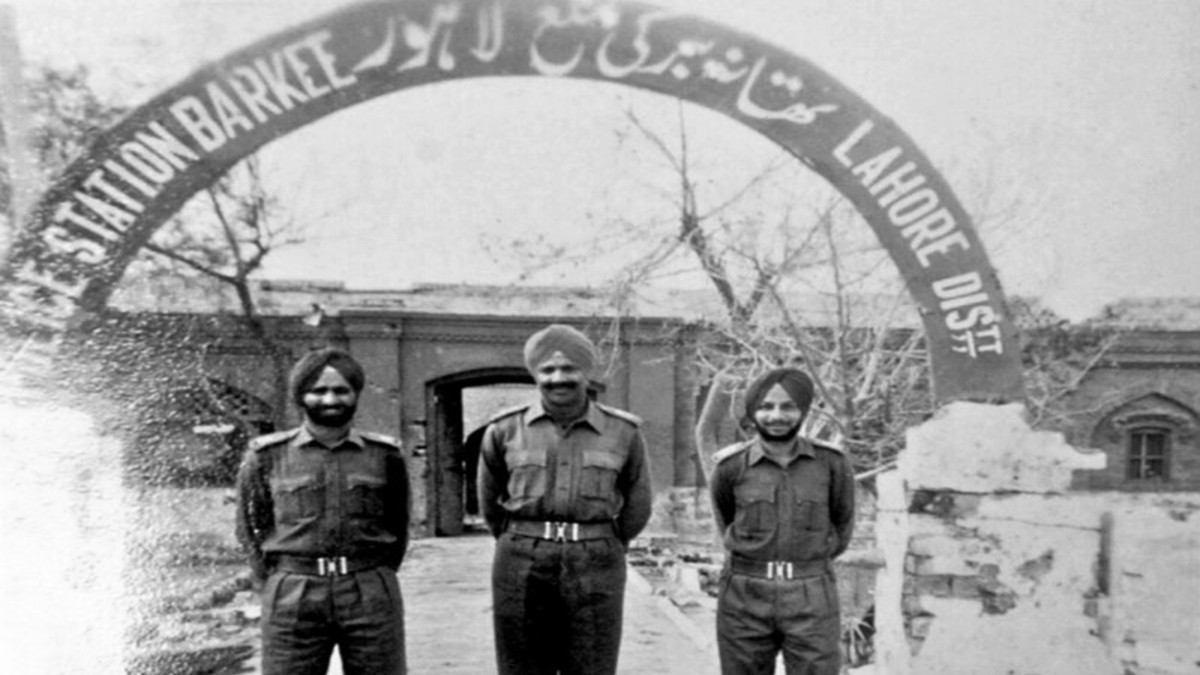)
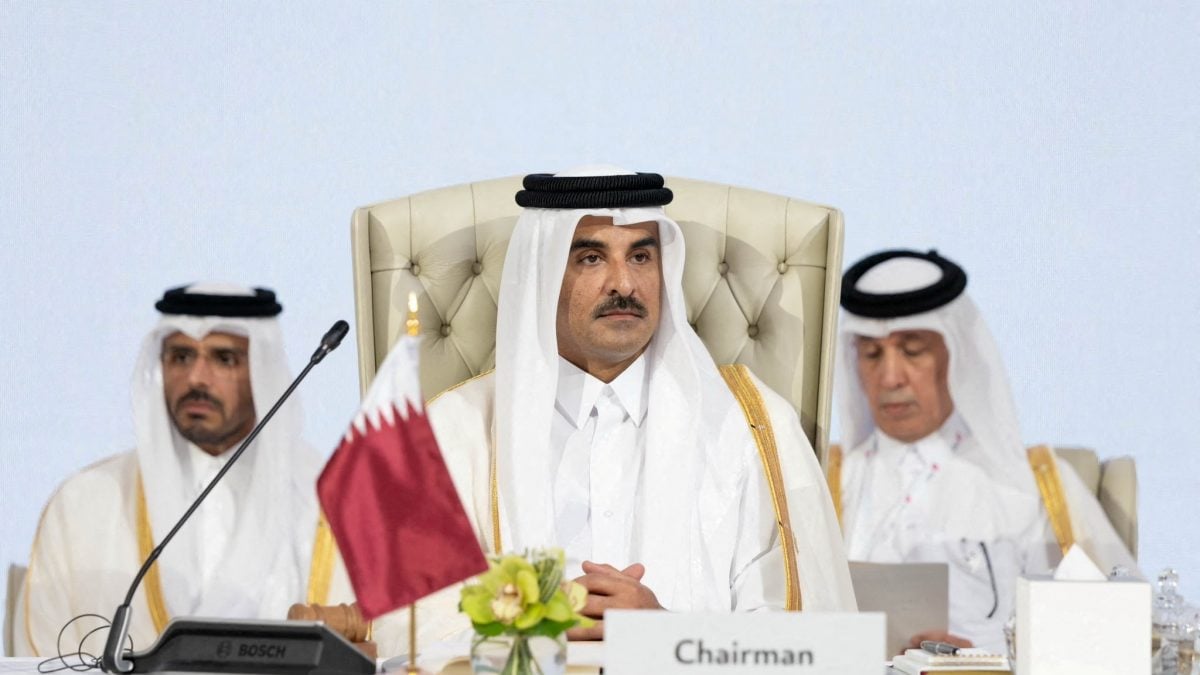
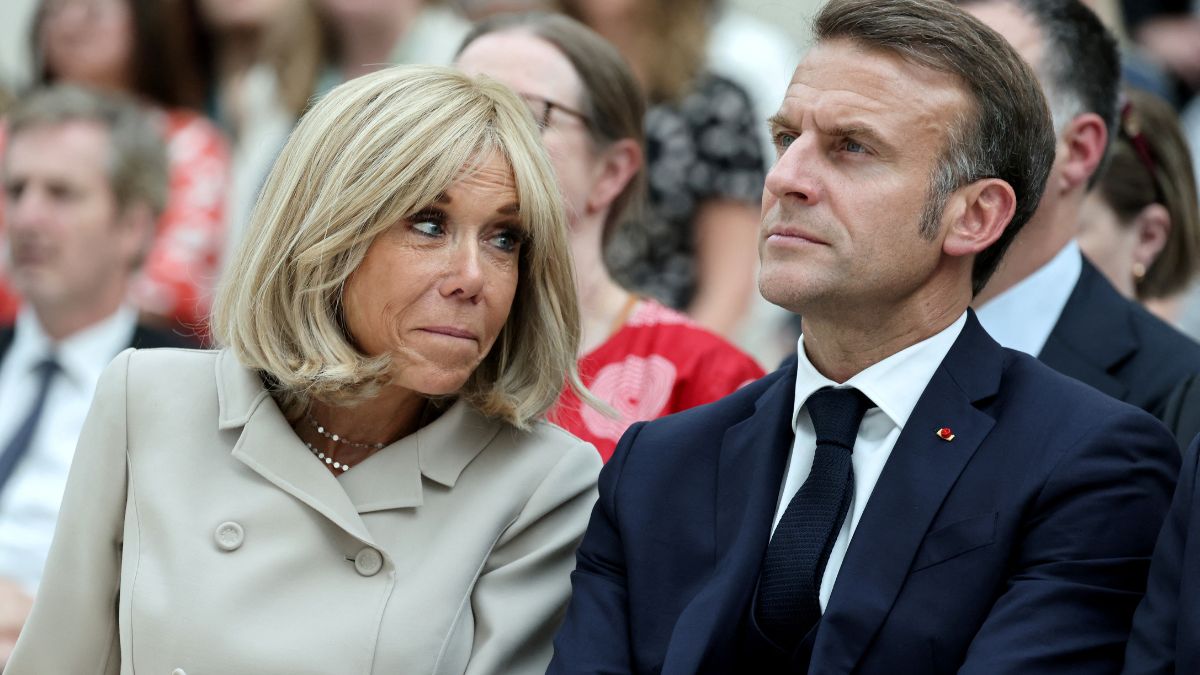)
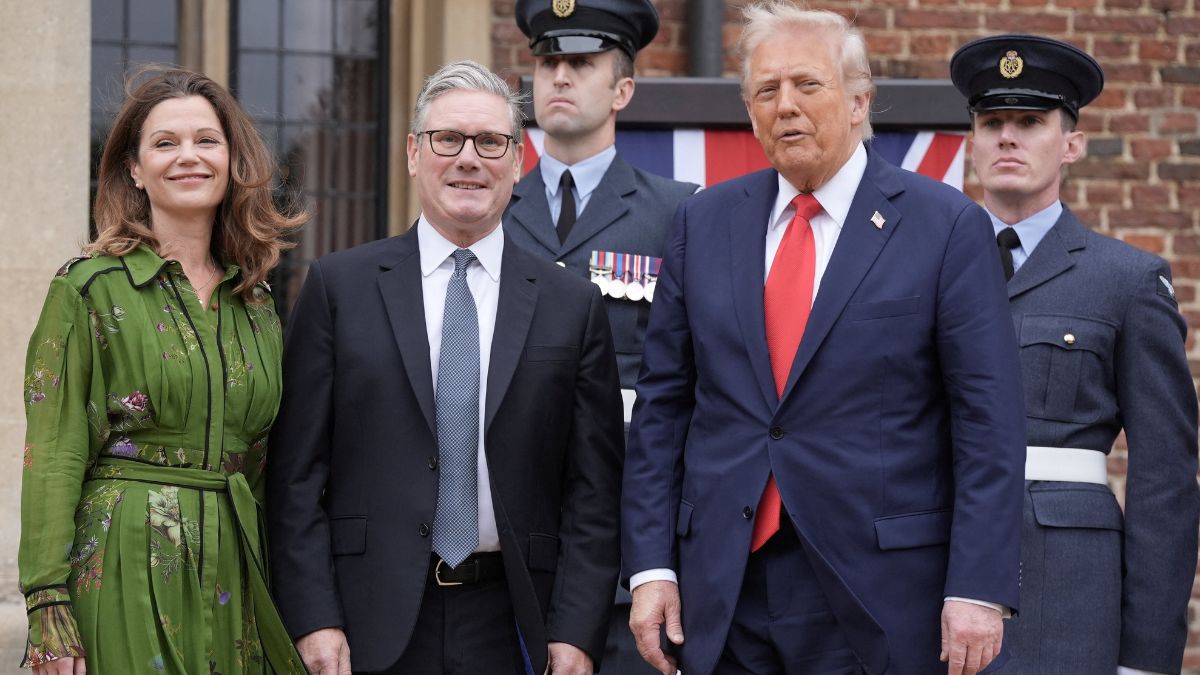)
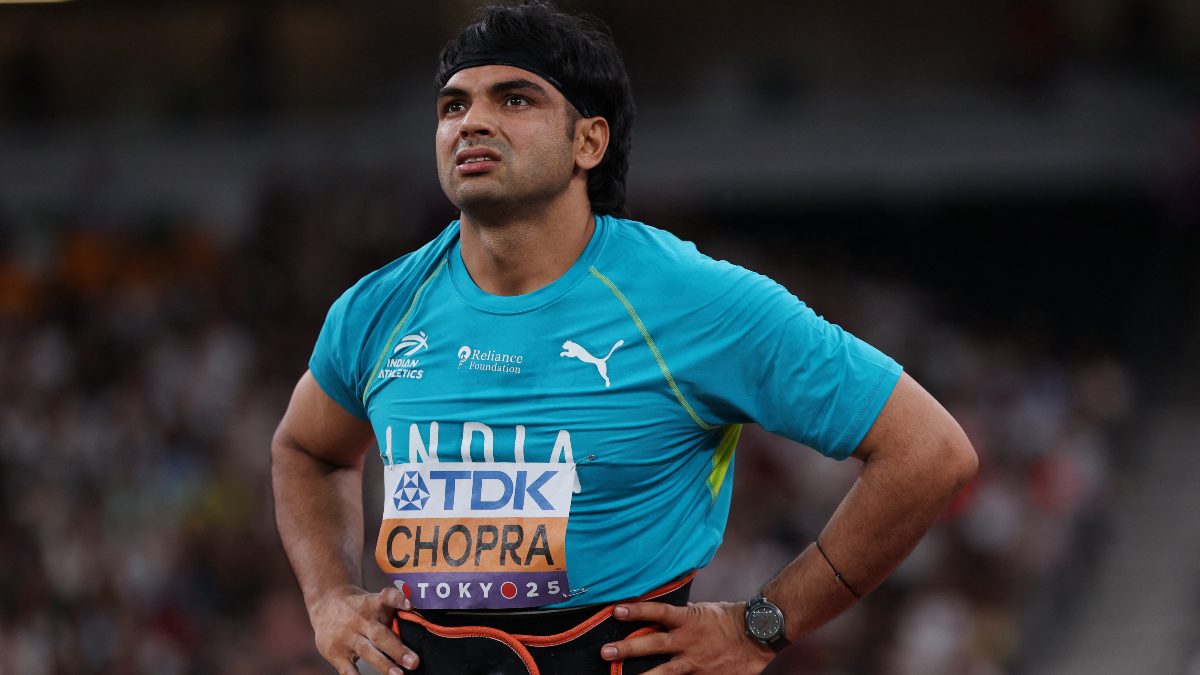)
)
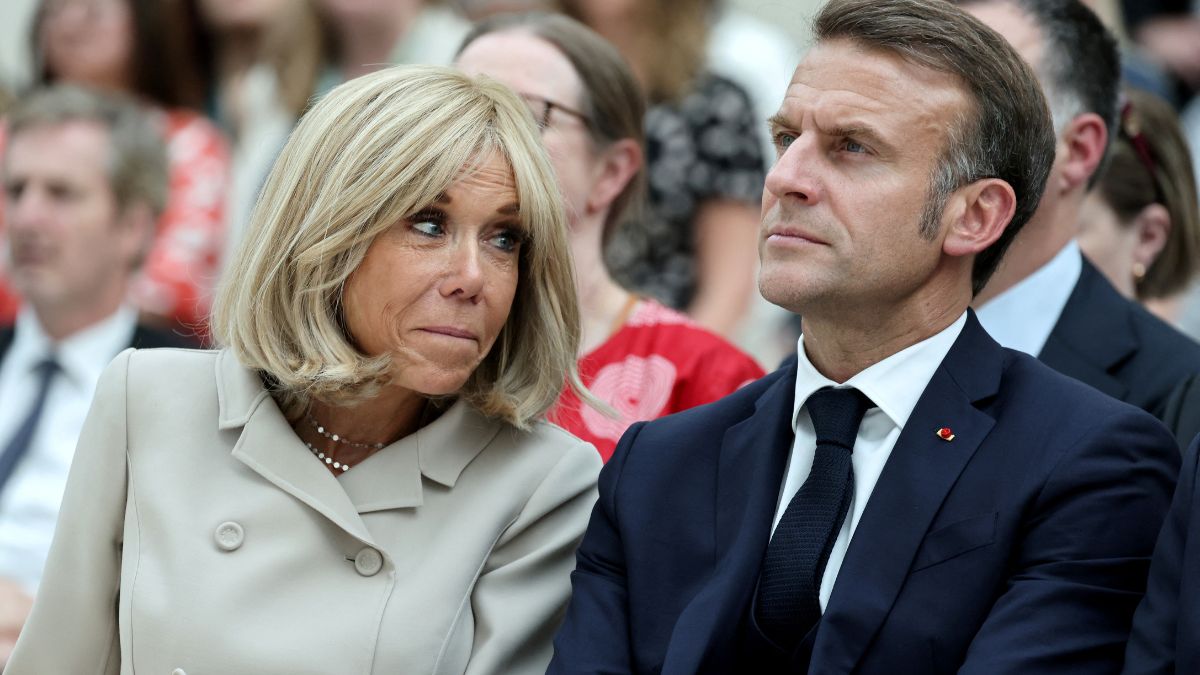)
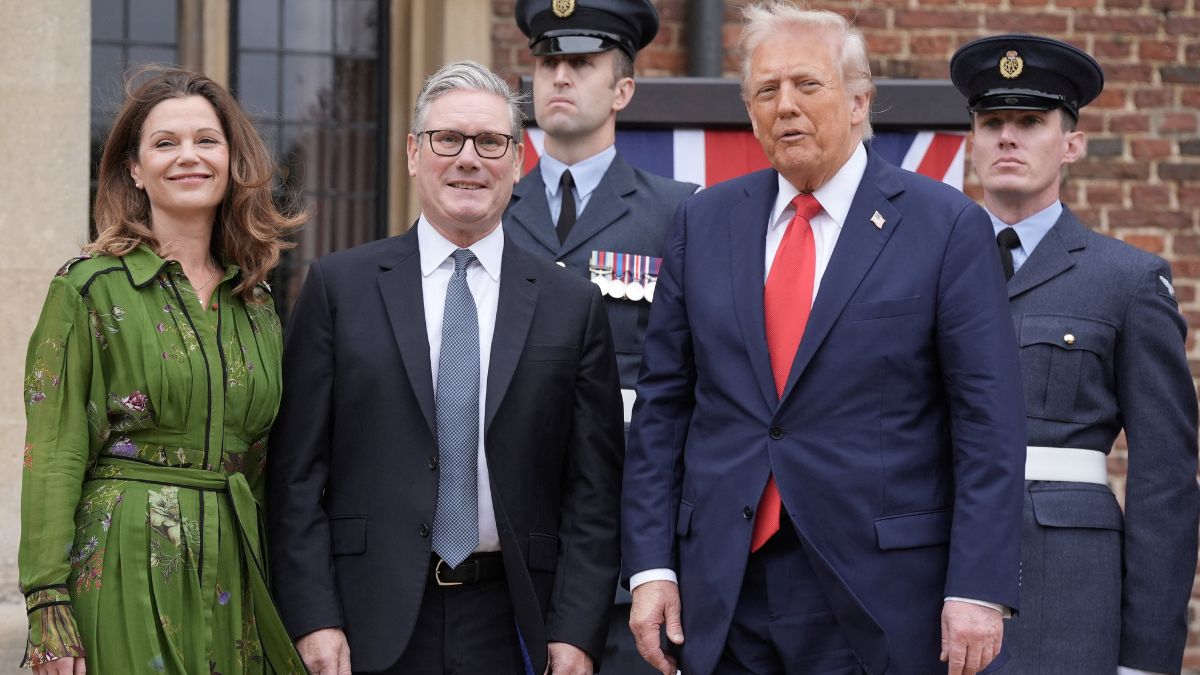)
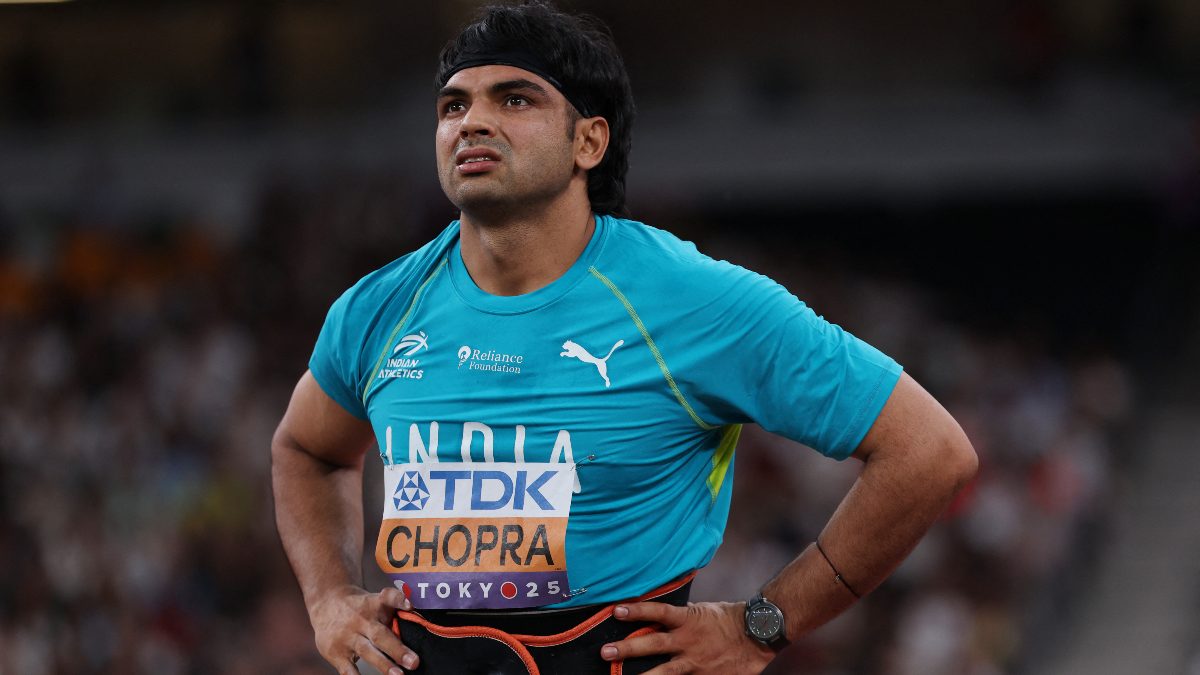)
)



